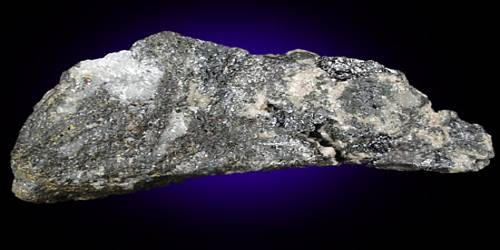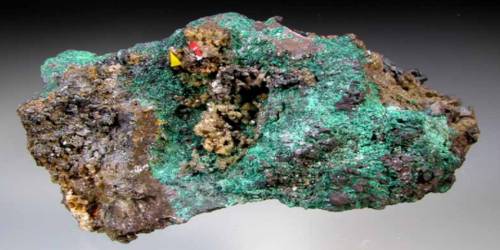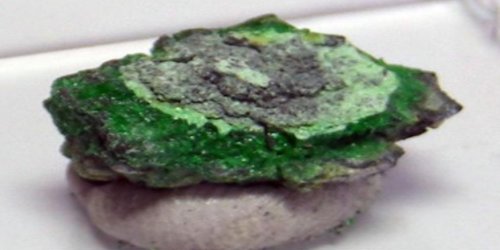Lithiophilite is a mineral containing the element lithium. It is a mineral consisting of phosphate of lithium and manganese usually containing iron and being isomorphous with triphylite It is lithium manganese(II) phosphate with chemical formula LiMnPO4. It occurs in pegmatites often associated with triphylite, the iron end member in a solid solution series. The mineral with an intermediate composition is known as sicklerite and has the chemical formula Li(Mn, Fe)PO4. It alters easily into other phosphate minerals, especially manganese phosphates.
Lithiophilite was named for its lithium content (“lithio”), and the Greek term, “philos”, meaning friend, alluding to its composition of lithium as an integral component of its structure.
General Information
- Category: Phosphate minerals
- Formula: (repeating unit) LiMnPO4
- Crystal system: Orthorhombic
- Crystal class: Dipyramidal (mmm)
- Color: Clove-brown, yellowish brown, honey-yellow, salmon-pink, blue-gray, gray

Properties
Lithiophylite is a resinous reddish to yellowish brown mineral crystallizing in the orthorhombic system often as slender prisms. It is a variety of triphylite that is a mixed phosphate of lithium and manganese.
- Crystal habit: Prismatic – crystals shaped like slender prisms, stout prismatic, large single crystals, massive, oriented overgrowths
- Twinning: Rare contact twins on {130}
- Cleavage: [100] perfect, [110] and [011] poor
- Fracture: uneven to conchoidal
- Mohs scale hardness: 4–5
- Luster: Vitreous to subresinous
- Streak: White to grayish white
- Diaphaneity: Transparent to translucent
- Specific gravity: 3.445–3.50
- Optical properties: Biaxial (+), 2V = 65°
Occurrences
It is a primary phosphate mineral found in phosphatic pegmatites and pegmatitic dikes. The type locality is the Branchville Quarry, Branchville, Fairfield County, Connecticut where it was first reported in 1878. The largest documented single crystal of lithiophilite was found in New Hampshire, US, measured 2.44×1.83×1.22 m3 and weighed about 20 tonnes.
It is usually associated with lepidolite, beryl, quartz, albite, amblygonite, and spodumene of pegmatitic origin. It rather readily weathers to a variety of secondary manganese phosphates and oxides. It is a late-stage mineral in some complex granite pegmatites. Members of the triphylite-lithiophilite series readily alter to secondary minerals.
Uses
The synthetic form of triphylite, lithium iron phosphate, is a promising material for the production of lithium-ion batteries. It is use as a source of lithium and phosphorus and as mineral specimens.
Information Source:
















